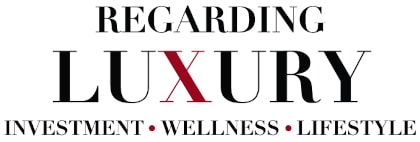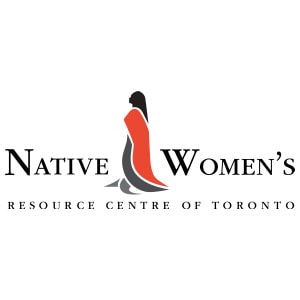There’s no other way to put it: the pandemic has transformed the luxury real estate market. This is outlined in Sotheby’s new Top Tier spring luxury market.
Related: Looking to get creative with mortgage financing to buy a luxury home? The details might surprise you
Residential real estate sales over $4 million are seeing a lot more activity in the Greater Toronto Area (GTA). Home Sales spiked 157 percent compared to last year in the first two months of 2021.Five ultra-luxury properties (priced over $10 million) also changed hands, compared to just one in the same time period in 2020. This is just a small sampling of all the activity in the luxury space.
All of this activity has the government considering changes to cool the real estate market. Here are some changes that might be introduced in the coming months that could impact the luxury real estate market.

An iconic castle listed at $9.75M by Corinne Poffenroth, one of Calgary’s highest priced listings.
Stricter mortgage stress test
This is actually already in the works. The Office of the Superintendent of Financial Institutions (OSFI) has announced plans to hike the qualifying rate used for the mortgage stress test from its current 4.79 percent to 5.25 percent. The changes are supposed to come into effect June 1st.
If you’re a luxury homebuyer paying for a home in cash, this won’t affect you. However, if you’ll be taking out a mortgage for the purchase of luxury real estate this may affect you.
When we sat down and crunched the numbers it reduces the average homebuyer’s purchasing power by about four percent. While four percent certainly isn’t zero, it’s hard to see how this will have much of an impact on the real estate market.
If you’re a luxury real estate buyer, it will just mean that you may need to put slightly more down on a property if you’re buying a home after June 1st.

Lower debt service ratios
Debt ratios are a way for mortgage lenders to measure how much of your income is needed to go towards the expenses of a property; mainly mortgage payments (at the stress test rate), property taxes and condo fees (if applicable).
If you’re a well-qualified borrower, currently you can go up to a maximum of 39 percent for the gross debt service (GDS) ratio and 44 percent for the total debt service (TDS) ratio.
OSFI has already indicated plans to increase the mortgage stress test rate. Could it lower the maximum debt service ratios? This would certainly make an impact. The Canada Mortgage and Housing Corporation (CHMC) reduced the maximum debt service ratios a while back on insured mortgages. Could we see a similar move for those putting more than 20 percent down? Only time will tell.

Tighter rules surrounding rental properties
If you’re a luxury real estate investor with a portfolio of rental properties, you’ll want to keep a close eye on the mortgage rules. With a lack of housing supply, the government will look for quick fixes. One of those is making it tougher to purchase rental properties.
Currently real estate investors can use the equity of existing homes to buy rental properties. This is how real estate investors are able to build their portfolio super quick. However, could the government disallow borrowed down payments for the purchase of rental properties? This remains a distinct possibility and could help slow down the growth of the real estate market to ensure housing remains affordable for everyone.

The bottom line

Sean Cooper is the bestselling author of the book, Burn Your Mortgage: The Simple, Powerful Path to Financial Freedom for Canadians. He bought his first house when he was only 27 in Toronto and paid off his mortgage in just 3 years by age 30. An in-demand Personal Finance Journalist, Money Coach and Speaker, his articles and blogs have been featured in publications such as the Toronto Star, Globe and Mail, Financial Post and MoneySense. Connect with Sean on LinkedIn, Twitter, Facebook and Instagram.








